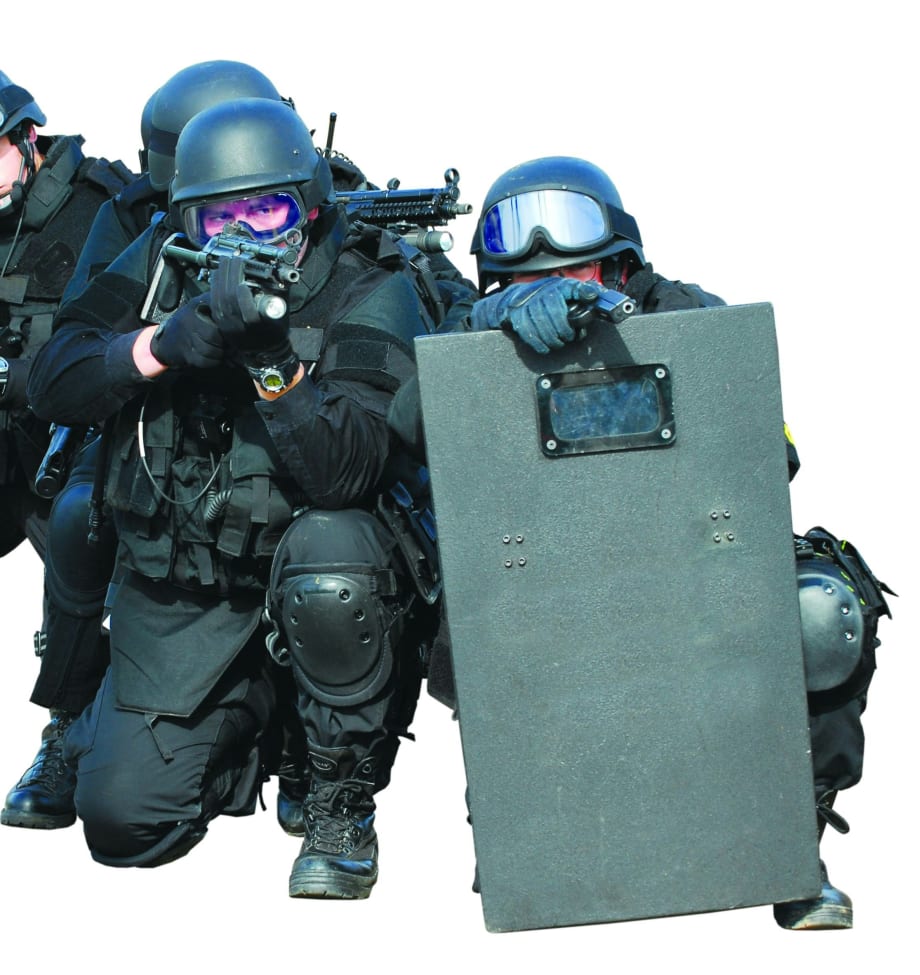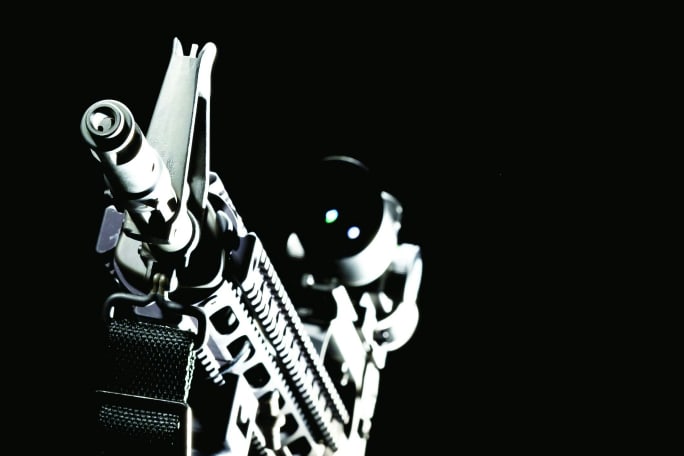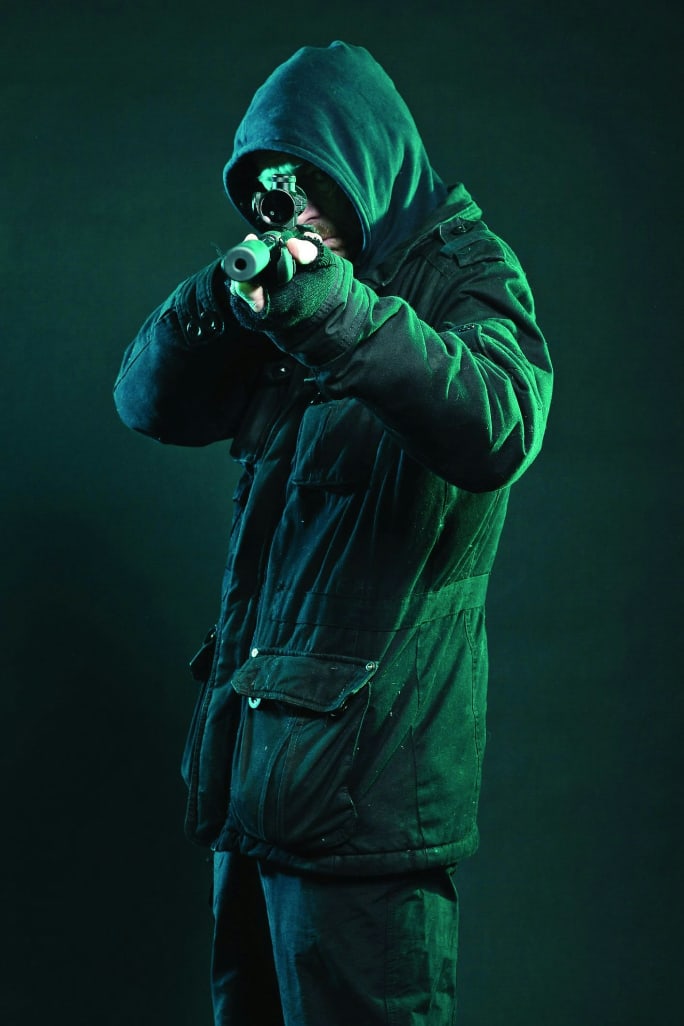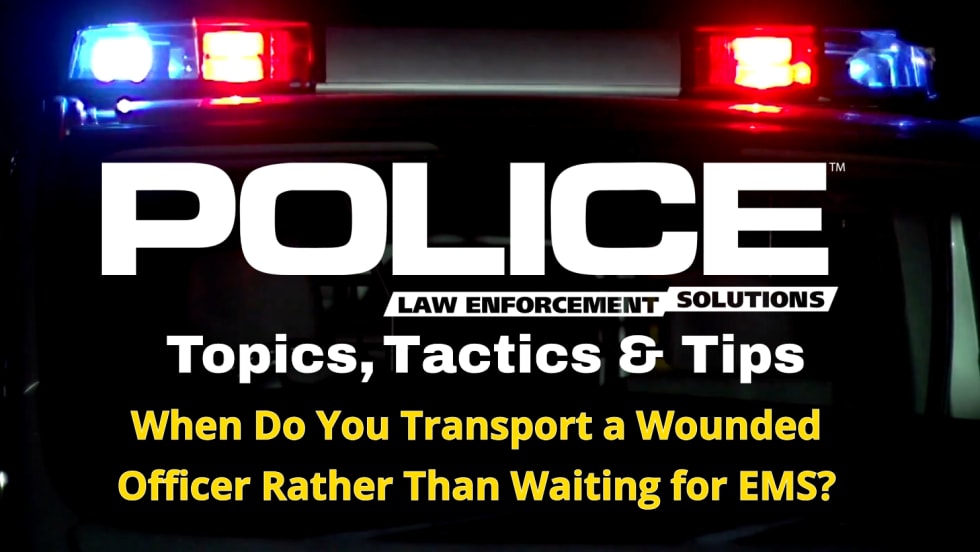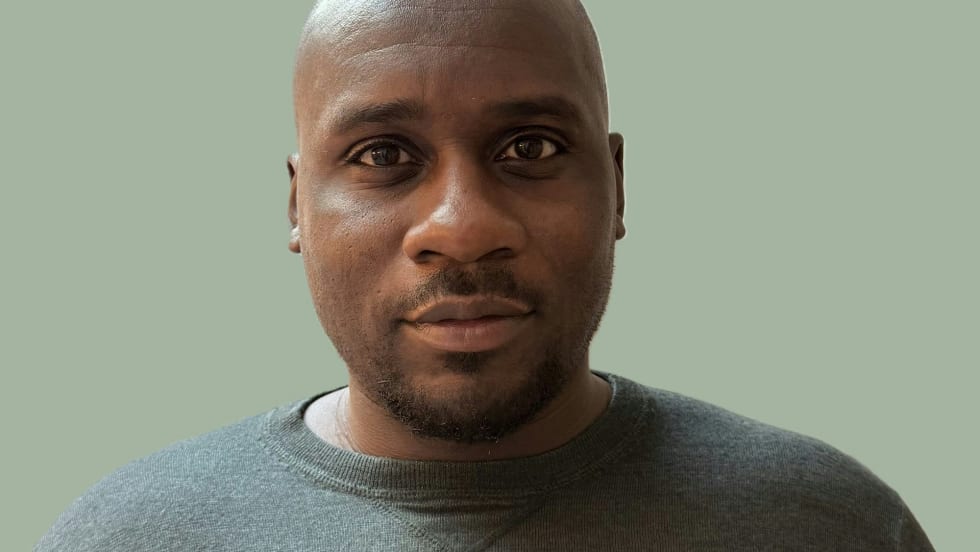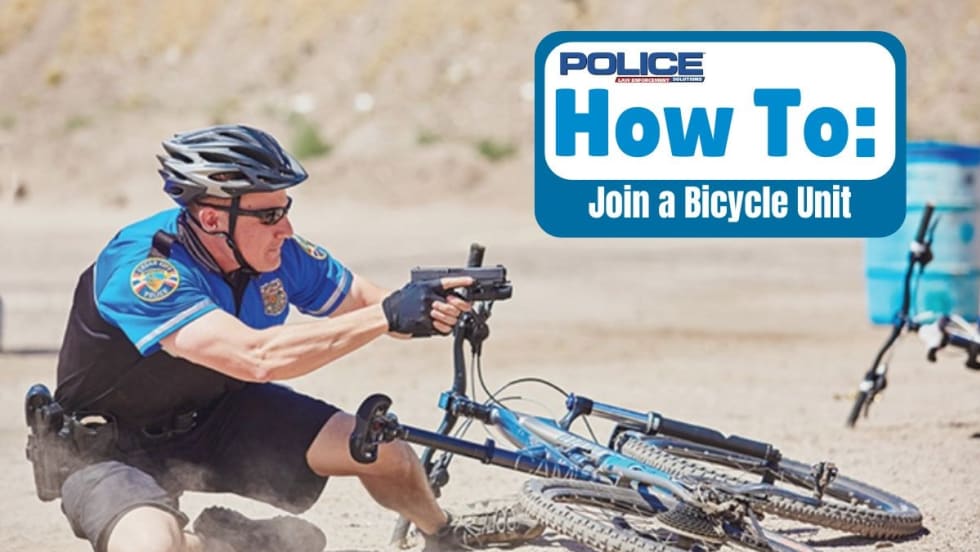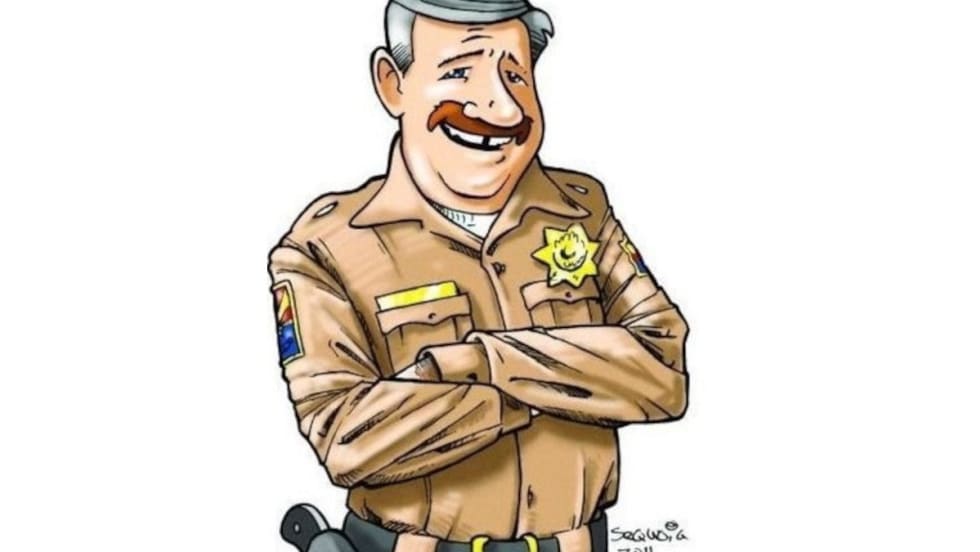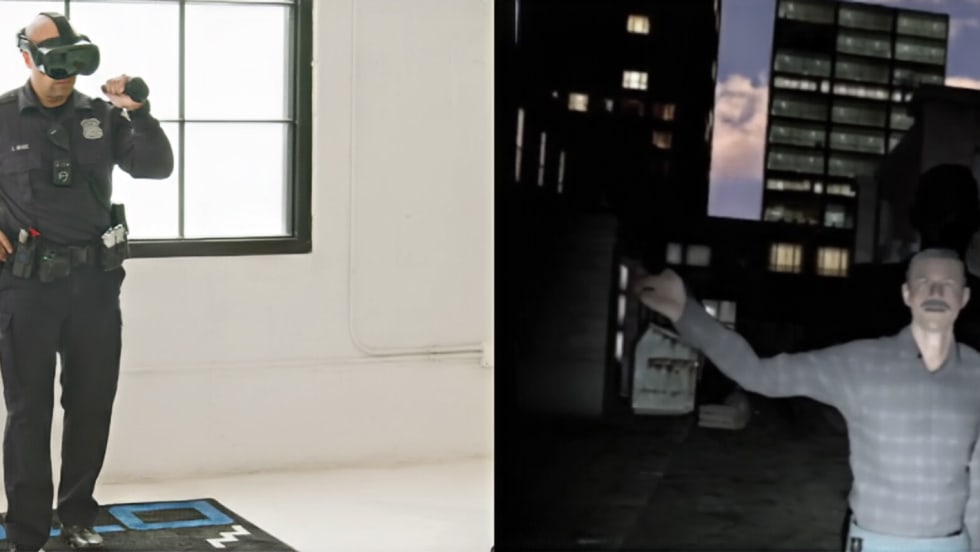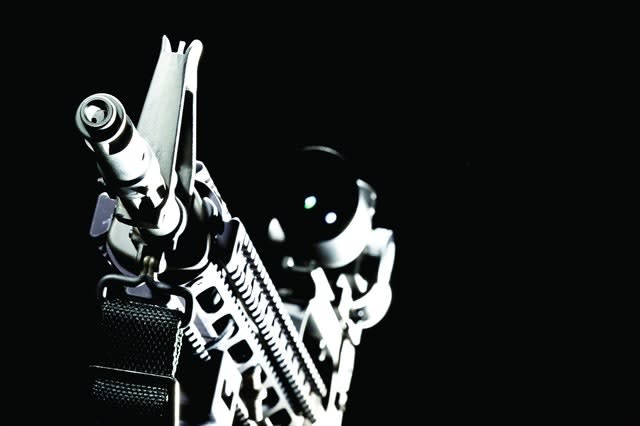
The crowd in Las Vegas Village the night of Oct. 1 had one thing on their minds. They were fully engaged in the performance taking place on the main stage of the Route 91 Country Music Festival. Witnesses would later recount hearing popping noises they thought were fireworks. Many thought they were part of the show. But when the bodies started falling, the remainder of the crowd came to the stark realization someone was shooting at them. Panic and survival instincts took over. People wanted to run for cover, to seek safety from the relentless stream of gunfire that was whistling through the night air, but where to run was unclear. Where were the shots coming from? Who was shooting at them? Where was safety?
Law enforcement first responders found themselves in the line of fire immediately. Still, they went about their duties, attending to the wounded, evacuating attendees, and trying to locate the shooter or shooters. Numerous reports of multiple gunmen at various locations sent resources in every direction. The volume of gunfire was terrifying for even the most seasoned of officers. The darkness only added to the problems.


